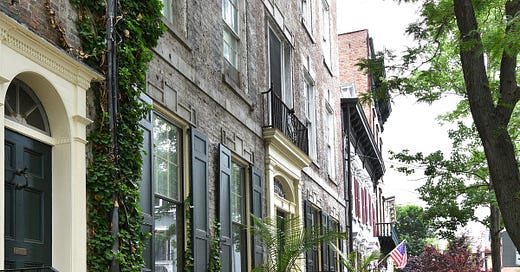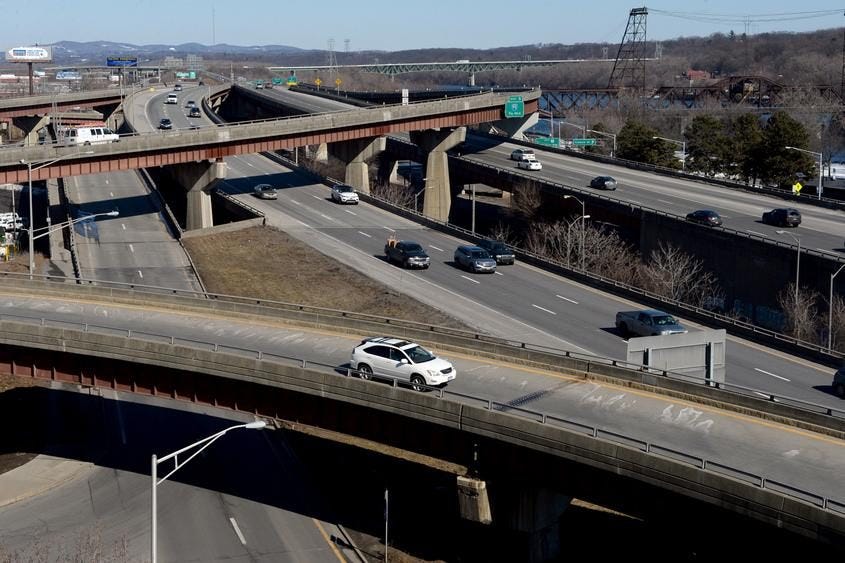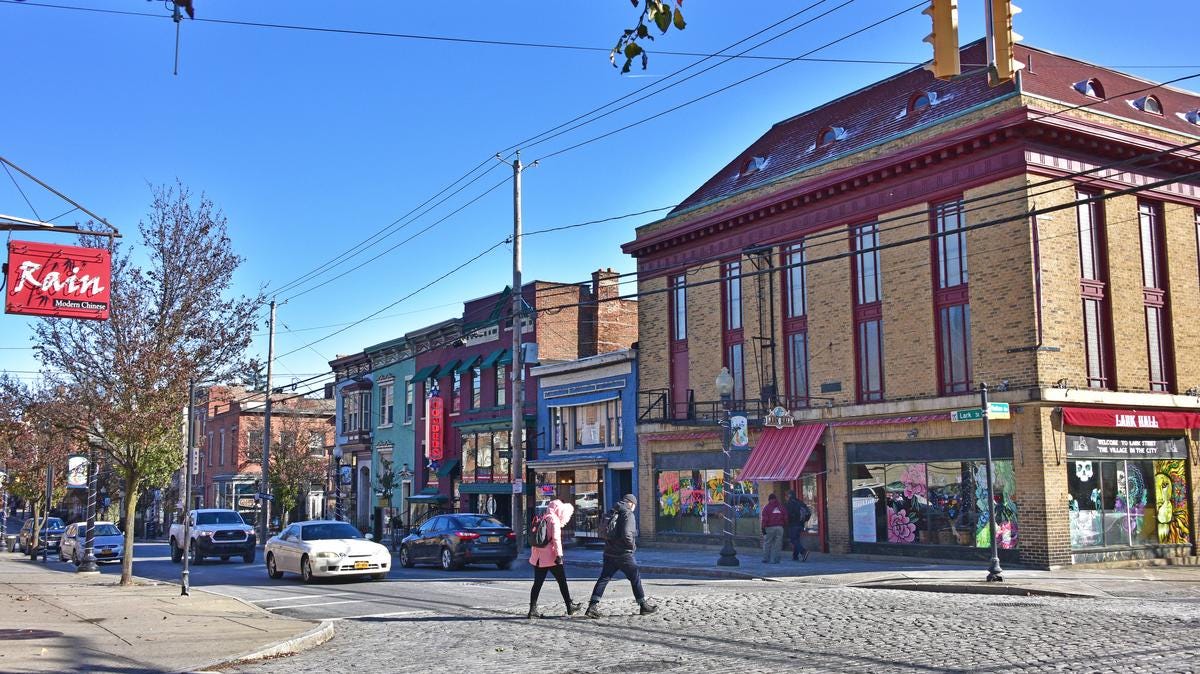The American Experiment
How we develop our cities, towns, and neighborhoods, has a direct impact on our quality of life - and the lifecycle of our places.
The United States of America is the greatest experiment in human history: a government ran by the people. In less than 250 years, America has put itself on a pedestal as a global innovator. We’ve built structures that scrape the sky, built the world’s greatest economy, cured diseases, fought proudly for those who could not fight themselves, paved the way for mind-blowing technological advances, and touched the moon. Before I start sounding like that one The Newsroom clip, that I am sure we have all seen, it is important to note how quickly this country was able to achieve these feats. The America that most of us grew up in and have experienced is only a handful of decades old. Starting in the years preceding the second World War, the America that we know today - the towns and neighborhoods that our grandparents and parents started families in - was built all at once. To a finished state. Incentivized by financing programs guaranteed by the government, public and private money fled the inner cities of America and found itself in the gray areas between urban and rural. The “American Experiment” is just as much the “Suburban Experiment” – coined by Charles Marohn of Strong Towns – which makes sense as innovation and exploration is in our nation’s DNA. Except, with this experiment, there was no trial and error.
Interstate highways were paved through the most vulnerable parts of our cities, buildings of different uses were separated into distinct districts, swaths of single-family subdivisions scattered our landscape, and our towns were no longer built for people but for how fast we can drive through them. With this experiment there is no control group and treatment group. Our towns and cities were the treatment group – and we are just now seeing the results. Municipalities are experiencing the effects of this development pattern as the roads, pipes, sewers, etc. reach the end of their lifecycle. It is simple math. It costs the local government more to maintain the infrastructure than the taxes it receives to pay the costs. Overtime, this has and will bankrupt our local governments.
The current housing crisis has taken shape in many forms. A handful of superstar cities and their surrounding towns have become unaffordable for the average household. At the same time, hundreds of mid-size cities that do not get the national attention have downtowns with empty storefronts and homes left in despair. It has become increasingly more tough to build new housing which only exacerbates the unaffordability problem. Meanwhile, the mid-size cities mentioned before struggle to attract new residents which thins out the tax base even more.
Humans know exactly how to build cities that endure. Look at the neighborhoods of the West Village and Brooklyn Heights in New York, the North End in Boston, Rittenhouse Square in Philadelphia, the French Quarters of Charleston and New Orleans, the Stockade in Schenectady, and Park Ave in Rochester (and many others I am leaving out). Before I get crucified for how expensive it is to live in these places, which only proves my point even more (more on this another time), the development patterns of these neighborhoods are a critical factor as to why they have survived the test of time. They each possess the conditions that a neighborhood must have to be financially resilient: mixture of primary uses, small blocks, diversity of building ages, and density. These are the four pillars that are preached by Jane Jacobs in The Death and Life of Great American Cities. Current zoning laws and building codes make replicating this development pattern illegal in most of our local municipalities.
The point of this is not to spread doom and gloom. It is also most certainly not to tell people to change the tastes and preferences of how they want to live. The purpose is to be aware about how our towns are being developed and consider what financial, social, and environmental impact our choices make. At the end of the day, we got to this point because of the choices we made. We can make our neighborhoods more financially resilient and prosperous by learning about how we got here and what steps can be made to help our places endure the test of time. Progress is currently happening in the unlikeliest of places (i.e., Oswego, NY, Saranac Lake, NY). The thing is, “progress” in this case has a conservative meaning. It means taking the lessons of the past before the “Suburban Experiment” and applying them to our places today.
Thank you for taking the time to read the introduction post of my newsletter. This newsletter will go into more detail about the history of cities of which I have been to. I will highlight how we got to this point along with the good and not so good, in addition to give shout-outs to rockstar real estate developers who are taking the principles spoken about here and applying them to their work. Do what you can to make your town or city a place to be proud of.





